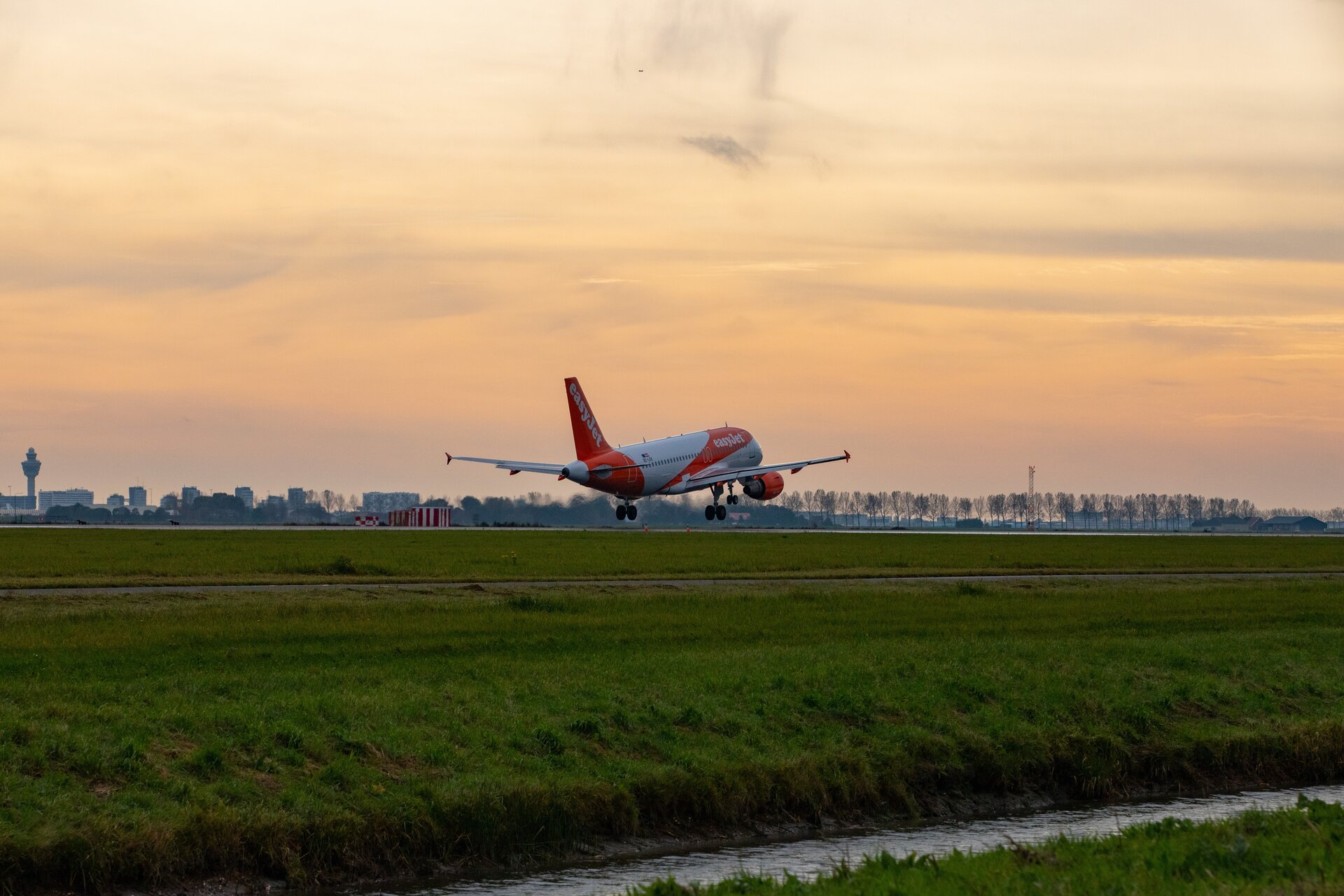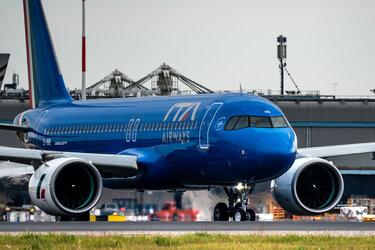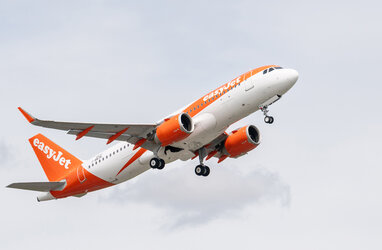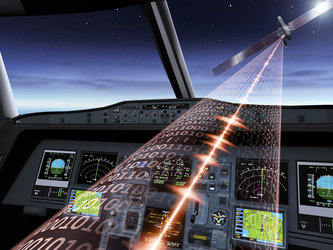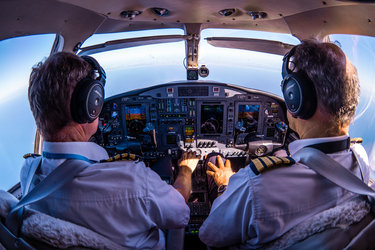Europe-wide space-enabled aviation approaches take off
Commercial air passengers across Europe will soon experience fewer flight delays and greener travel thanks to pilots being able to use satellites to route their planes.
The ESA-backed Iris for aviation system connects pilots digitally to air traffic controllers via satellites, so that flight routes can be optimised. Pilots will be able to fly the most efficient routes, saving time and fuel, while cutting carbon dioxide emissions by up to 10%.
The system has almost completed its certification process with the European Aviation Safety Authority – following which it can be used for pan-European air traffic management – following a commercial deal signed between UK-based satellite communication company Inmarsat, which developed the technology with ESA support and was recently acquired by Viasat, and the European Satellite Services Provider (ESSP), which delivers communication, navigation and surveillance services for aviation.
Under the agreement, the ESSP will interface with more than 30 national air traffic control authorities and manage the completion of certification from the European Aviation Safety Agency.
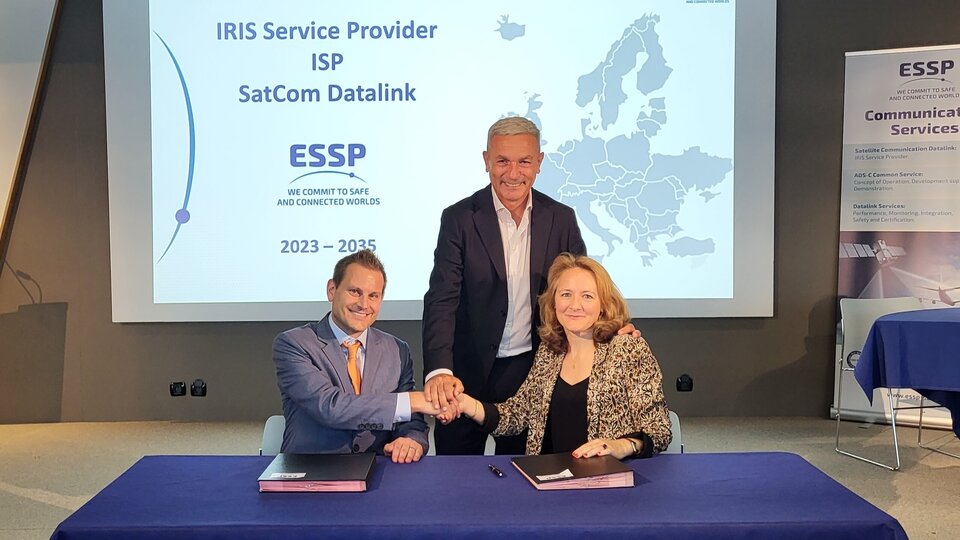
With large quantities of data relayed to and from the aircraft, the Iris system provides secure, reliable and fast high-bandwidth links between pilots and air traffic controllers. It complements the outdated data communications technology that is used at present and is nearing full capacity in Europe’s congested airspace.
Iris is due to enter commercial and operational service fully in Europe next year, and airlines including easyJet and ITA Airways have already signed up to use the system.
Charlotte Neyret, Chief Executive Officer of the ESSP, said: “ESSP strongly believes in Iris as a pioneering Europe-wide satellite communications data link programme and we are committed to developing, operating and commercialising it for Europe at this early stage. ESSP is proud to contribute as a service provider to the expansion of Iris technology, which will bring a wide range of benefits to the aerospace industry, as Iris will allow the development of new environmentally friendly routes, which will improve air traffic control management, reduce fuel costs and finally lead to the deployment of more efficient air operations, to name just a few of the programme's strengths.”
Joel Klooster, Senior Vice President Airline Operations and Safety for Viasat’s recently acquired Inmarsat business, said: “The ESSP has been appointed as Iris service provider at a pivotal moment, as we enter the final phase of pre-commercial operations for this ground-breaking programme and prepare for the start of commercial service over the next year.
“This is an important milestone, not only for Iris, but for the aviation industry as a whole. While it can seem overwhelming and difficult as individuals or organisations to make a difference to climate change, when we come together working across the ecosystem, as partners with a shared goal, we can make a big difference.”
Javier Benedicto, Acting Director of Connectivity and Secure Communications at ESA, said: “We are proud to support the space-enabled digitalisation of Europe’s skies, which will help to make aviation greener. ESA developed the Iris system in partnership with Inmarsat and we look forward to seeing it certified so that European citizens can benefit from shorter journey times and greener travel. Iris is a great example of how ESA is accelerating the use of space for a green future.”


